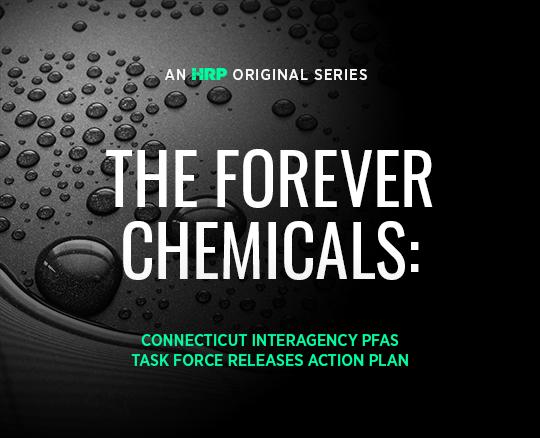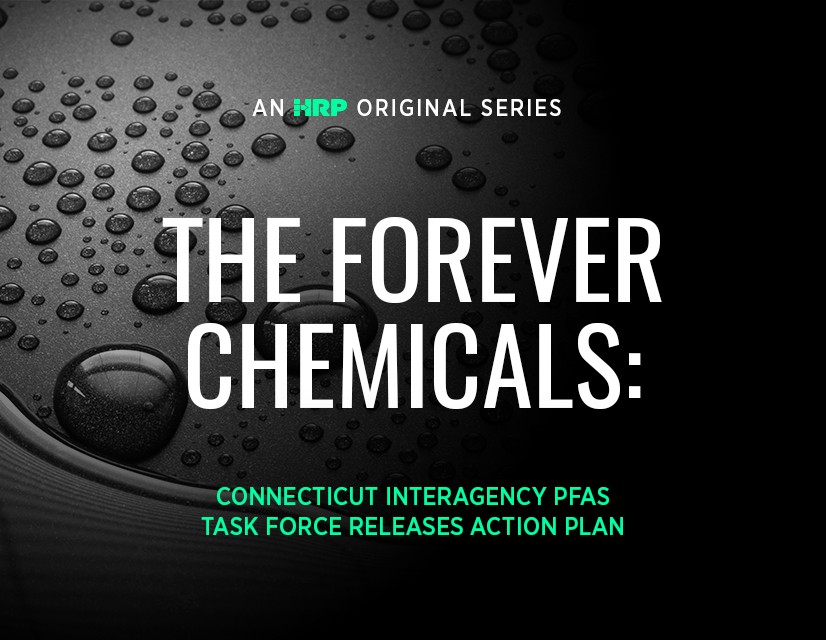Connecticut Interagency PFAS Task Force Releases Action Plan
October 7th, 2019


In response to growing concern about the presence of per- and polyfluorinated alkyl substances (PFAS) in Connecticut’s environment, Governor Ned Lamont created on July 8, 2019, an Interagency PFAS Task Force for the purpose of developing a PFAS Action Plan that would identify a comprehensive, state-wide strategy for addressing the presence of PFAS chemicals in Connecticut’s environment. The Task Force is co-chaired by the Commissioners of Connecticut Department of Public Health (DPH) and Department of Energy and Environmental Protection (DEEP) and includes representatives from nearly 20 additional state agencies and entities to more effectively coordinate efforts to accomplish the primary objectives for the Action Plan, which were to:
- minimize the exposure of Connecticut residents to PFAS chemicals
- prevent or limit future releases of PFAS
- address historical releases of PFAS to the environment.
The Task Force created three focus Committees – Human Health, Pollution Prevention, and Remediation – to more effectively address the stated objectives by creating action items in each of the focus areas and prioritizing those action items with respect to short-term and intermediate-term goals. Examples of short-term goals identified in the PFAS Action Plan include:
- test drinking water for PFAS
- establish a Safe Drinking Water Advisory Council to work with DPH on potential development of MCLs
- determine the universe of potential PFAS sources by identifying the operations and processes that may be sources of PFAS in the environment and identifying the consumer products that may contain PFAS
- support initiatives that minimize future releases of aqueous film forming foam (AFFF) to the environment
- develop an interagency GIS database that identifies potential sources of PFAS in the environment and prioritize those with respect to risk to potential receptors
- sample and analyze environmental media at airports where AFFF has been stored or released.
A key element identified by each of the three focus committees was the importance of education, outreach, and communication on PFAS. Such efforts would include creation of a public outreach team consisting of DPH and DEEP, as well as other appropriate agency personnel, that would work closely with local officials and other stakeholders to improve communication when PFAS contamination was identified and effectively disseminate information to the public in the affected communities.
The PFAS Task Force met the governor’s goal of releasing a draft PFAS Action Plan for public comment by October 1, 2019. After a 15-day comment period, the Task Force will deliver the final PFAS Action Plan to the governor by November1, 2019.
The Draft PFAS Action Plan prepared by the Connecticut Interagency Task Force is available for review and comment on the PFAS Task Force website (https://www.ct.gov/CTPFASTaskForce) at https://www.epa.gov/sites/production/files/2019-02/documents/pfas_action_factsheet_021319_final_508compliant.pdf. The Task Force website includes additional information related to Task Force meetings and various PFAS resources and documents.
Gail L. Batchelder, Ph.D., P.G., L.E.P., Technical Director at HRP Associates, Inc.








